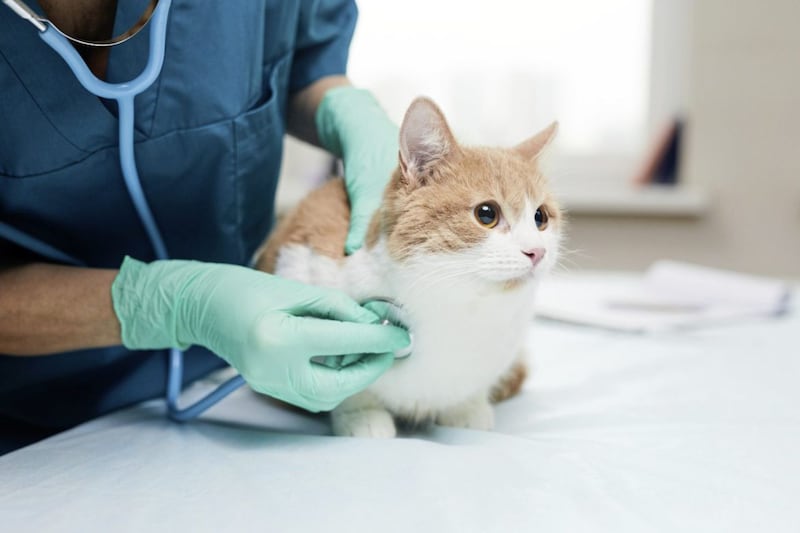QUESTION. I changed jobs in early March, my last day with my previous employer being February 28. Am I entitled to become a furloughed employee with my new employer under the Job Retention Scheme (JRS)?
Also, my wife is self-employed and submitted her 2018/19 tax return before the normal January deadline. She realises now that her return will be used to determine eligibility for government support under the self-employment Income Support Scheme (SEISS).
Can she make an amendment to her return as she forgot to claim some expenses and the amendment would bring her below the required profit cap of £50,000? Her tax return currently shows a trading profit slightly above £50,000.
ANSWER: The JRS went live last Monday and some 435,000 claims were made as some reports suggest two-thirds of employers have furloughed some portion of their workforce.
There were numerous updates prior to the portal opening for registration on April 20, and we now have a complete picture of the rules and, more importantly, clarity on which employees continue to fall outside the rules.
In response to pressure that the JRS was unfair to those who had changed jobs just before the original announcement by Rishi Sunak, the scheme was updated to include employees who were on the payroll on or before March 19 (previously the date was February 28), allowing employers to claim up to £2,500 per month, per employee, for staff wages.
This was positive news for many who had active PAYE schemes in place on March 19 providing they had also made an RTI submission to HMRC by this date for each furloughed employee.
If you are a weekly paid employee it is likely that your employer will have made the appropriate submissions to HMRC before March 19, but if you are a monthly paid employee this is unlikely as you will not have been due your first monthly salary payment until after this date. So I suspect it is very unlikely you will qualify for furlough if you are paid monthly.
Turning to your wife’s position, we now have clarity on how self-employed profits will be determined for Covid-19 SEISS support. I would therefore advise your wife initially to look at the detailed guidance on HMRC website for clarity on how her profit figure will be calculated.
In summary, for your wife to qualify her average trading profit must be less than £50,000 a year and she must also earn more than 50 per cent of her total income from self-employment. There is further detail on this on HMRC website which should be read.
However, what is clear to us now is that the government’s starting point in determining whether SEISS support is available to your wife will be to check the profits in her 2018/19 tax return.
HMRC have anticipated that many self-employed taxpayers may look at making amendments to previous tax returns to try to fit the rules. Amended returns can still be submitted, but unfortunately, they will have no effect on the amount of SEISS which can be claimed.
HMRC have stated: ‘We will use data on the 2018 to 2019 tax returns already submitted to identify those eligible. We will not take into account any changes made to submitted returns after March 26 2020 when working out your eligibility or amount of the grant.’
In such a fast-changing situation we advise all readers to ensure they have up to date information to determine whether they are entitled to government Covid-19 support.
:: Janette Burns (j.burns@pkffpm.com) is associate tax director at PKF-FPM Accountants (www.pkffpm.com). Neither the Irish News nor the contributors accept any liability for any direct or indirect loss arising from any reliance placed on replies.








